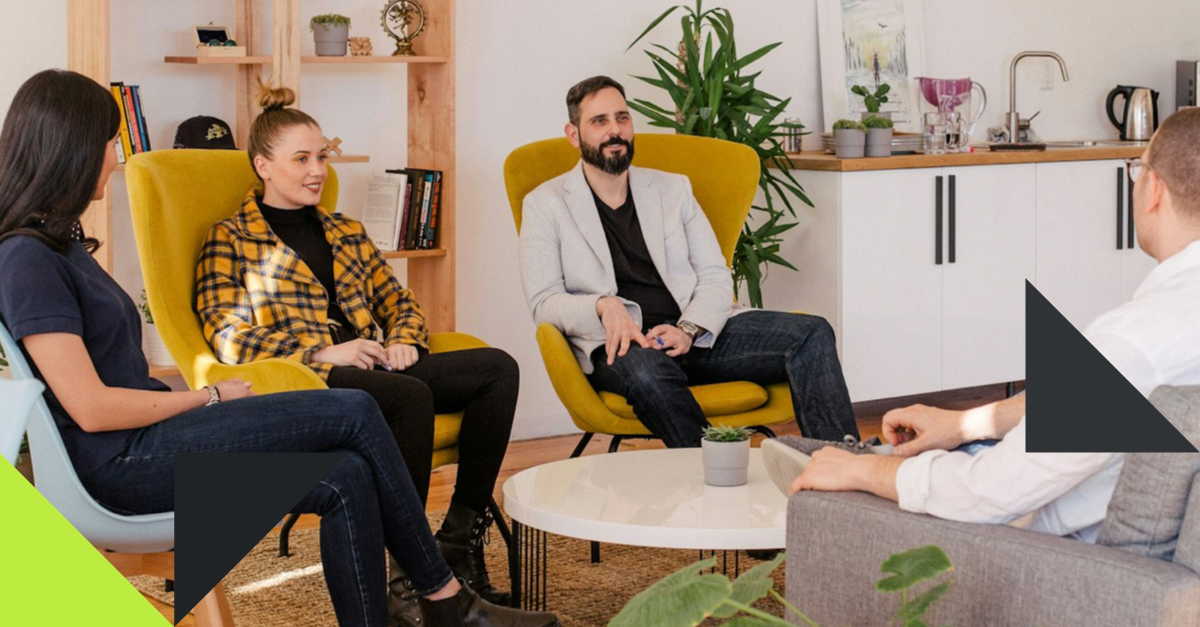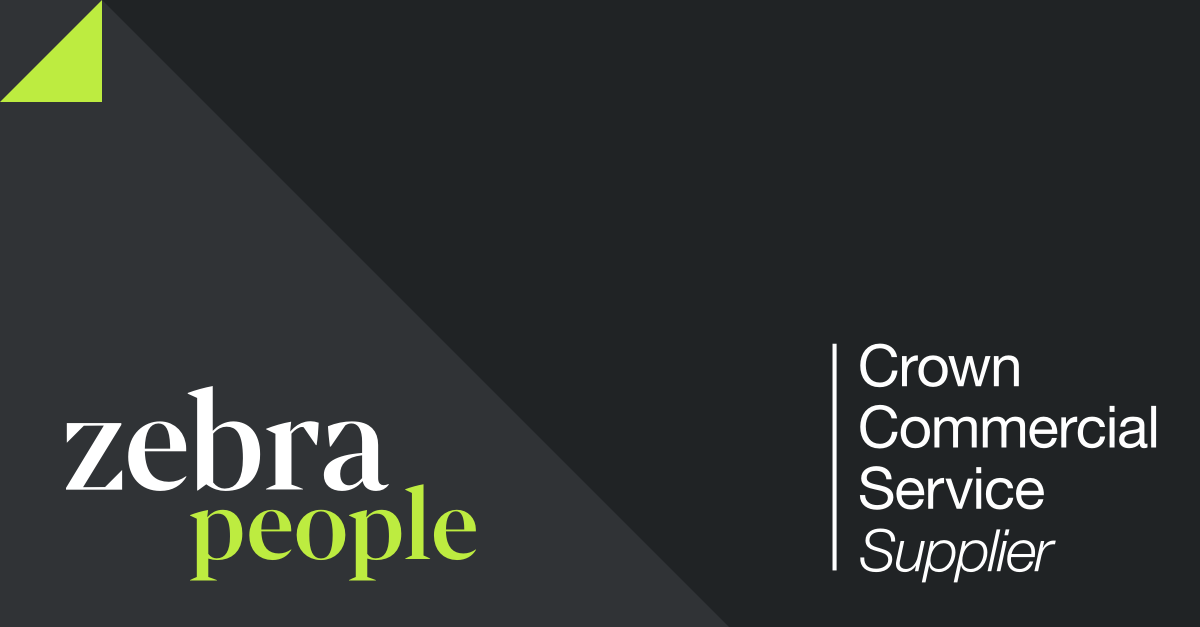That’s right, I said hiring. Not getting hired.
I know, I know – another ‘click bait’ title for you. But, it’s another serious topic.
Far too often I hear of companies struggling to hire because candidates are not making it as far as offer stage before withdrawing from the process, or candidates’ feedback to me about interview processes being too long, disorganised or any number of other grievances.
This really baffles me.
If you are losing candidates due to your interview process then you are really missing a trick. Luckily, all is not lost. It’s a far easier fix than finding more budget, changing the work you do or relocating your office.
I have found myself sharing a lot of this feedback with my clients so I have collated some tips below that may help identify the areas where you are losing candidates, or things that can be modified to improve your process and overall candidate experience.
Why is this so important?
Simply put, because it’s a competitive market. Candidates today have options. Candidate experience is as important now as your benefits package, compensation or role. There is such a high demand for good design talent that candidates literally have their pick of the bunch. With this freedom of choice, the smallest thing can put them off joining you. So, here’s a few tips:
1. Speed
There’s some truth in the sales phrase “time kills deals”. Like it or not, when you are hiring for a new position you are closing a deal. Selling the opportunity to work for you and a candidate is buying that opportunity.
If you can’t move as fast as your competitors, string a candidate along, leave it weeks between stages or feedback, have too many stages or any other number of factors that result in a lengthy process – you will lose candidates. It’s as simple as that.
Don’t be surprised when a candidate who loves you and the brand, loves the role, fits well culturally and has been raving with excitement at every stage of the process, suddenly decides to accept another offer because you took too long.
2.Consolidate
Multiple stages are important to hiring, there is no denying that. From meeting multiple stakeholders, assessing different aspects of a candidates experience or identifying culture fit there is a lot of ground to cover.
That being said, I rarely see an occasion for there to be more than 3 stages. Even with a task somewhere in the middle.
The ideal format would probably look something like this:
Stage 1: Telephone interview and if successful, provide them with the task (if necessary)
By having the telephone interview first, you have a chance to sell the opportunity and get the candidate excited as well as covering the basic ground to asses if the candidate could fit. By doing this over the phone you are showing appreciation for the candidate’s time and avoiding unnecessary travel to your offices if things don’t align.
If they are successful, I would set the task immediately after this because you want to have them completing the task as soon as possible. If you wait until later you risk them getting booked up with multiple tasks, multiple interviews and reduced time to spend on your task and process.
Stage 2: Face to face and Task Presentation
Get the presentation done early and a chance to meet the wider team, look around the offices and ask any questions that need answering. If this goes well then you should know if you would be likely to hire them or not and they should have an idea of whether they see themselves working there.
Stage 3: Final interview / meet and greet
Finally, have an informal meet and greet with any final stakeholders/senior management who need to sign off on the hire and would need to meet them. There is no reason that this needs to be another structured, formal interview when you have a ton of information on the candidate from stage one and two.
Once you have the thumbs up, you should be making an offer, not ‘Waiting to see who else comes through the pipeline’ for a week or so.
All being well, you should be able to get through this process in two weeks.
If you have 4 or more stages to a process, think about how you can consolidate them. Can you have multiple people sitting in one stage? Could you miss a step all together? Asses each stage by thinking about what you actually hope to gain and understand about the candidate from that interview.
3. Flexibility / Be accommodating
Good candidates are busy. They are often happy in their current roles, have a family life outside of work and if they are actively on the market they are probably going to be interviewing at multiple places.
To secure great people, you have to accept that you may need to work around them and not the other way around. That means interviewing outside of office hours or being open to skype interviews instead of a face to face where needed.
Some candidates will even refuse to do a take home task. While this might not be ideal, you should have a contingency in place like an on-site task or alternative method for assessing their skill set.
4. Consistency and transparency
Regardless of what your interview process looks like, keep it consistent and be open and honest about what it will look like.
While this may seem contrasting to No.3, they actually go hand in hand.
If a candidate knows what to expect in advance, you are far more likely to keep them engaged, even if you must have 4 or more stages to the process.
Outline the stages of the process and an expected timeline from the very beginning. Candidates will know what they are getting in to and can plan around it.
Whatever your process may be, the key here is to stick to it. Do NOT add stages when you are two weeks in and equally don’t skip stages just in case you change your mind about the candidate during the next one.
You are far better off starting the process being upfront about a 4-stage process, rather than promising a swift two stage turn around and finding that you have to add 2 more stages and a total of 4 more weeks to a decision due to diaries not lining up.
5. Egos stay at the door
While this is usually a tip for candidates, it applies just as much to hiring managers/businesses.
Going back to an earlier point, candidates have an abundance of options. Gone are the days where you can expect candidates to want to work for you resting solely on your brands reputation.
Therefore, there is no excuse for not selling the opportunity or selling the company during the early stages of an interview process. You want candidates to feel excited by the role, the prospect of joining your company and what it can mean for their career.
If a candidate leaves a first stage interview knowing nothing more about your company or the role than when they started and has spent the last 30 – 60 minutes only answering a barrage of questions that you have thrown at them, you have probably disengaged them before you have even begun.
6. Keep it conversational
Following on from No.5, nobody wants to leave an interview feeling like they’ve been interrogated by MI6. Avoid grilling your candidates and running through a strict agenda of questions for them to answer. This is the kind of experience that can put candidates off even returning for a second stage.
You will get far more buy in from your applicants by identifying key points you want to cover and steering a conversation to uncover them. This often leaves candidates feeling comfortable enough to ask their own questions throughout the interview too which will only help build their enthusiasm for the role.
The rapport you build here can be the difference between a candidate accepting your offer over a competitor.
Important note on equal opportunities:
“It’s a myth that equality law says you must ask everyone exactly the same questions. There is no reason for you not to ask about things that are different for a particular candidate, or follow up an applicant’s answers with questions that relate to what they have just said.
However, you should be focussing on the same broad subject areas with each applicant. This is because otherwise you will be applying different standards to different applicants based on their protected characteristics, and this may lead to unlawful discrimination”.
(Equality and Human Rights Commission 2014)
7. Realistic expectations
The term ‘Unicorn’ is banded around a lot in digital, and for good reason. There are far too many job specs out there that are wild and unrealistic.
While I honestly DON’T classify a UX/UI Designer as a Unicorn, if you start asking your designers to Code, be experts in Motion and Video, be data analysts, understand marketing and advertising, have experience designing packaging ‘to rival apple’ (a real quote from a spec) AND have excellent working knowledge of emerging tech like AR/VR then you really are looking for a Unicorn.
We get it. Budgets are tight and you want more bang for your buck. But it will only cost you in the long run.
Think of it this way, you wouldn’t build a house and expect your Architect to also be your Quantity Surveyor, Brick Layer, Plumber, Electrician, Project Manager, Decorator and Interior Designer in the hope you can pay less to complete the project and still believe you’ll have a safe, liveable home in a decent timeline.
So, don’t do the same thing with your designers.
8. Communication and Feedback
One of the most important aspects of your candidate experience is communication and feedback.
Feedback is an obvious one. If a candidate has taken the time to interview with you, regardless of the outcome, it’s only fair to expect feedback whether positive or negative. However, its especially important when you reject a candidate.
A simple “No” is not enough. You should be providing one or two sentences that explains why they have been unsuccessful so that A) they understand why you are not progressing them and B) they have actionable data to take forward and improve on in the hope they are more successful in their next interview.
Typically, 48 hours should be the maximum amount of time to wait before providing feedback.
There are a few occasions where there can be a delay in getting feedback to a candidate like completing a round of interviews or a hiring manager being away. In this instance communication is key. Inform the candidate of the delay and when they can expect feedback in order to manage their expectations.
9. The Task
Another hot debate in design recruitment. There is no one size fits all answer to how a task is best structured. I honestly understand the need for some tasks to help demonstrate ability and skill set, but there are some key things to consider when you plan a task:
Is it clear?
If your task is to broad or too ambiguous you will get one of two results:
a) Candidates will spend ages going back and forth asking you questions to understand what you want which adds time to the process you might not have.
b) They will wing it. The likelihood of them then presenting exactly what you expected to see is very slim and suddenly assessing their ability becomes very difficult.
Is it inclusive?
Take home tasks are not the most inclusive. Many candidates have families, long commutes and other out of office activities to balance with their career. This can make it extremely hard to find even the two hours you have recommended the task should take. You may be losing great people because of this.
Is it fair?
You might have specified that candidates spend two hours on a take home task, but how can you regulate that? Some candidates will be in a position to spend more than two hours on the task by virtue of their personal circumstances giving them an unfair advantage against others.
Avoid live projects
Take home tasks that involve a project or product that your company are currently working on are a big no-no. Candidates will wonder if you plan to use their work for free even if they are unsuccessful. While this may not have crossed your mind for even a second, it’s better to avoid that reputation all together.
Take home VS on-site
Typically, tasks are there to see how a candidate thinks and approaches a problem. You may be able to asses this far better by running an on-site collaboration or whiteboard session.
The benefits of this is you get to physically see how candidates approach a problem, how they work with the existing team and it’s a moderated environment. You’ll control the time they have and the resources so it’s a far fairer test against other candidates.
However, this would mean a longer interview stage which can also be tricky for candidates to be available for. Not to mention pulling your team away from their own work in order to join the session too.



